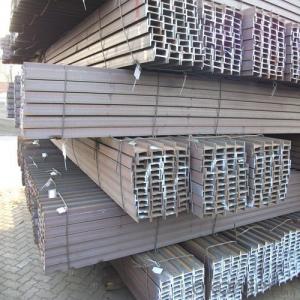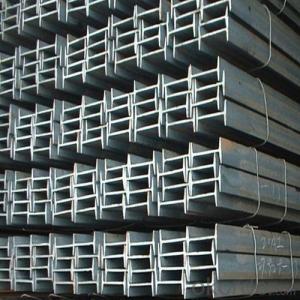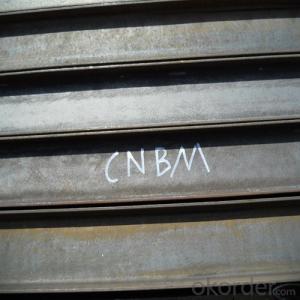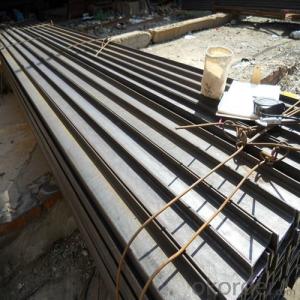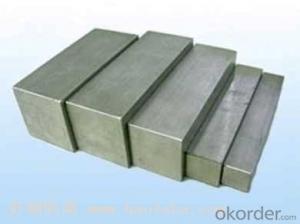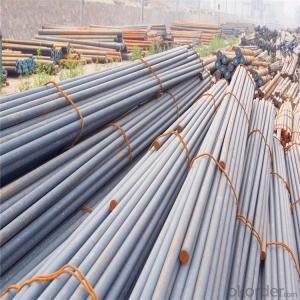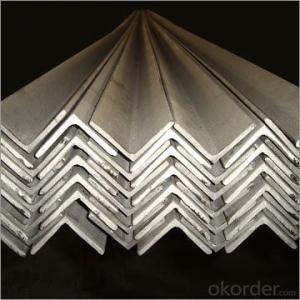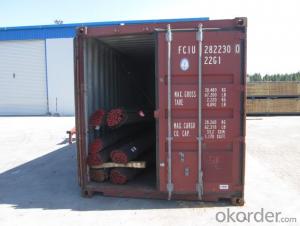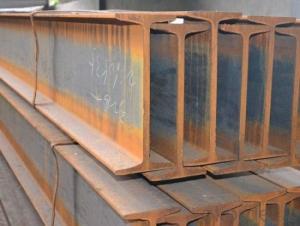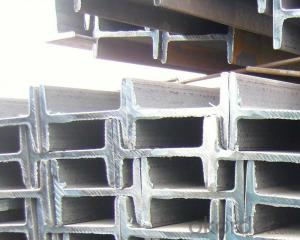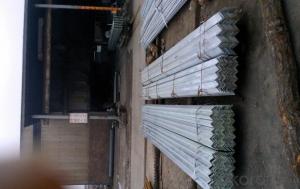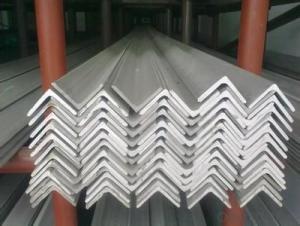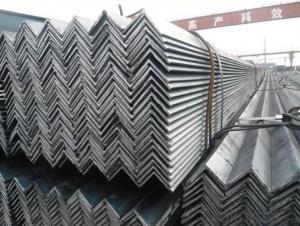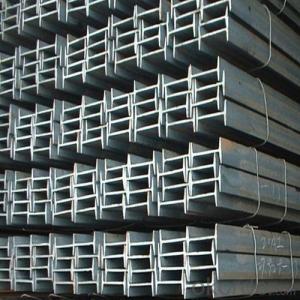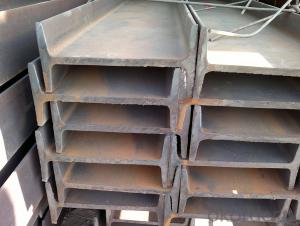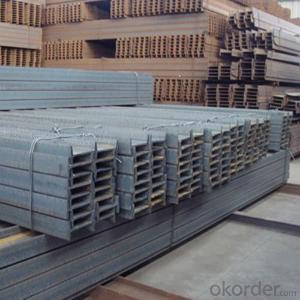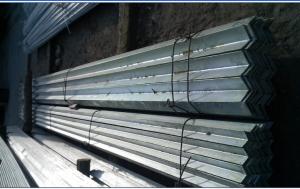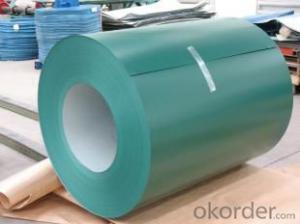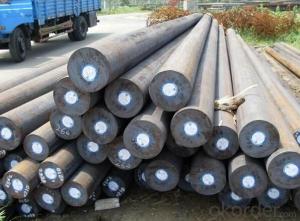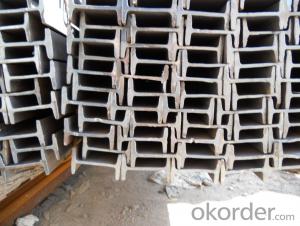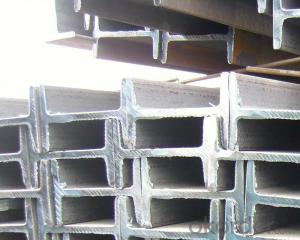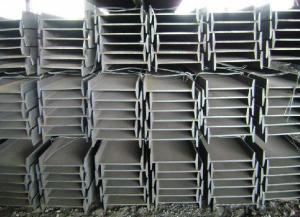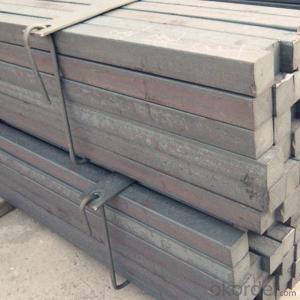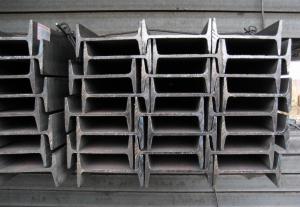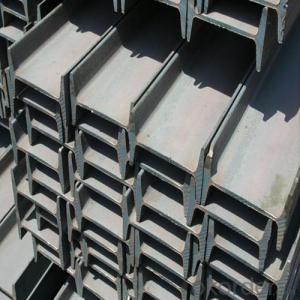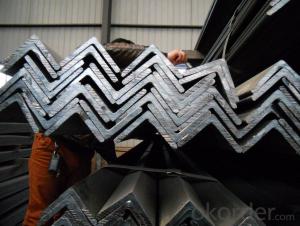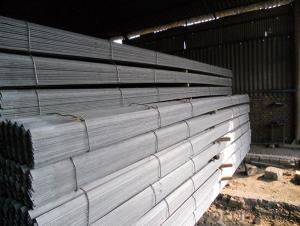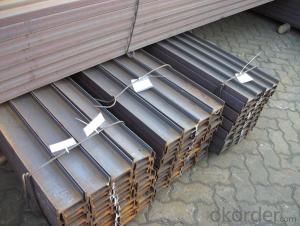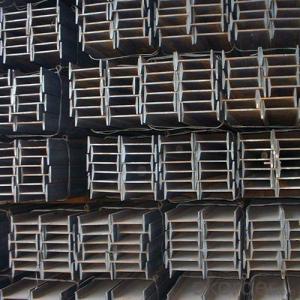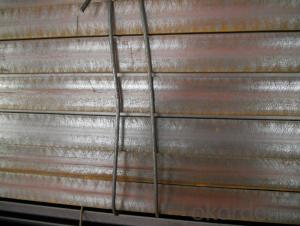En10025 S235Jr
En10025 S235Jr Related Searches
Extruded Aluminum I BeamHot Searches
En10025 S235Jr Supplier & Manufacturer from China
Okorder.com is a professional En10025 S235Jr supplier & manufacturer, offers integrated one-stop services including real-time quoting and online cargo tracking. We are funded by CNBM Group, a Fortune 500 enterprise and the largest En10025 S235Jr firm in China.Hot Products
FAQ
- To determine the appropriate size and shape of a steel I-beam for a specific application, several factors need to be considered. These include the load that the beam will be supporting, the span or distance between supports, and the structural requirements such as deflection limits and safety factors. Additionally, engineers often refer to structural design codes and guidelines, which provide standardized formulas and tables for selecting the appropriate beam size based on these factors. By analyzing the specific application requirements and consulting relevant resources, engineers can determine the most suitable size and shape of a steel I-beam.
- There are several methods of maintaining steel I-beams over time, including regular cleaning and inspection, applying protective coatings or paints, addressing corrosion issues promptly, and conducting structural assessments to identify any potential weaknesses. Additionally, implementing preventive measures like proper drainage systems and avoiding excessive loads can help prolong the lifespan of steel I-beams.
- There are several different types of steel I-beam supports used in various construction and engineering applications. The specific type of I-beam support chosen depends on factors such as the load-bearing capacity required, the span of the beam, and the structural design of the building or structure. Some common types of steel I-beam supports include: 1. Wide Flange Beams: These are the most commonly used I-beam supports due to their versatility and strength. Wide flange beams have a wider flange section compared to standard I-beams, offering increased load-bearing capacity. 2. S-Shaped Beams: Also known as American Standard Beams, S-shaped beams have a tapered flange section, which makes them lighter and more cost-effective for smaller structures. They are commonly used in residential construction and lighter commercial applications. 3. H-Beams: H-beams, also known as I-beams or W-beams, have a standard flange width and are widely used in heavy construction projects. They provide excellent strength and load-bearing capacity, making them suitable for large-scale commercial and industrial structures. 4. Box Beams: Box beams are hollow rectangular or square-shaped steel beams that offer high strength-to-weight ratios. They are often used in architectural and aesthetic applications where a sleek and modern appearance is desired. 5. Tapered Beams: Tapered beams are I-beams with tapered flanges, which allow for better weight distribution and reduced material usage. They are commonly used in bridge construction and other applications requiring long-span beams. 6. Composite Beams: Composite beams combine steel with other materials, such as concrete or timber, to create beams with enhanced strength and load-bearing capacity. These beams are often used in high-rise buildings and bridges. 7. Plate Girder Beams: Plate girder beams consist of welded steel plates that are joined together to form a strong and rigid beam. They are commonly used in industrial buildings, bridges, and other applications requiring long-span or heavy-load beams. These are just a few examples of the different types of steel I-beam supports available. Each type offers unique advantages and is chosen based on the specific requirements of the project. It is important to consult with a structural engineer or construction professional to determine the most suitable type of steel I-beam support for any given application.
- Indeed, it is possible to utilize steel I-beams in the context of food processing plants. The construction industry frequently employs steel I-beams due to their robustness, endurance, and capacity to bear heavy loads. These characteristics render them appropriate for providing support to weighty machinery, equipment, and structures within food processing facilities. Moreover, steel I-beams exhibit resistance to corrosion, a vital attribute in environments where the preservation of food safety and hygiene is paramount. Not only can they be effortlessly cleaned, but their maintenance is also hassle-free, ensuring a secure and hygienic processing environment. On the whole, the construction of food processing plants often favors the utilization of steel I-beams due to their strength, durability, and compatibility with the industry's specific requirements.
- The main purpose of steel I-beams is to provide structural strength and bear heavy loads, rather than to insulate against noise. As a result, steel I-beams are not very effective when it comes to noise insulation. Because of their rigid and dense nature, steel I-beams have a limited ability to absorb or dampen sound vibrations. When sound waves encounter a steel I-beam, they tend to either bounce off or easily pass through it, resulting in minimal reduction of noise transmission. Therefore, steel I-beams do not significantly contribute to reducing airborne noise or sound transmission between different areas or floors in a building. To enhance noise insulation, alternative materials such as acoustic insulation products, soundproofing panels, or resilient channels are commonly utilized. These materials are specifically designed to absorb, dampen, or block sound vibrations, thereby providing superior noise insulation performance.
- Steel I-beams are known for their strength and durability, making them an ideal choice for areas with heavy snow loads. The unique design of I-beams, with their flanges and web, allows them to evenly distribute the weight and pressure exerted by the heavy snow, preventing structural failure. The flanges of the I-beams provide resistance against bending and twisting forces, while the web acts as a support system, ensuring the beam remains stable and can bear the weight of the snow. This combination of strength and support enables I-beams to effectively withstand heavy snow loads without significant distortion or damage. In areas with heavy snow loads, building codes often require the use of steel I-beams to ensure the structural integrity of buildings. This is because I-beams have been proven to withstand the excessive weight and are less prone to deformation or collapse compared to other construction materials. Additionally, steel I-beams have high tensile strength, meaning they can resist the forces of compression and tension caused by snow accumulation and melting. This further enhances their performance in areas with heavy snow loads. It is important to note that while steel I-beams are highly effective in handling heavy snow loads, proper engineering and design are crucial for their successful implementation. Factors such as the size and spacing of the I-beams, as well as the overall structural design, must be carefully considered to ensure the building can safely support the snow loads over an extended period. Overall, steel I-beams are an excellent choice for areas with heavy snow loads due to their strength, durability, and ability to evenly distribute weight. Their performance in such conditions has been widely recognized, making them a popular choice for construction projects in snow-prone regions.
- Steel I-beams perform well in terms of vibration control due to their inherent stiffness and strength. The structural design of I-beams allows them to effectively dampen and dissipate vibrations, minimizing their transmission through the structure. This makes I-beams an ideal choice for applications where vibration control is crucial, such as in buildings, bridges, and industrial structures.
- The lifespan of a painted steel I-beam can differ based on various factors, including the quality of the paint application, the installation environment, and the maintenance practices employed. Typically, a properly painted steel I-beam can endure for 20-30 years or even longer. Nevertheless, if the paint is inadequately applied or if the beam is subjected to severe conditions like extreme temperatures, moisture, or corrosive substances, its lifespan may be greatly diminished. Consistent inspections, cleaning, and repainting as needed can contribute to prolonging the lifespan of a painted steel I-beam.
